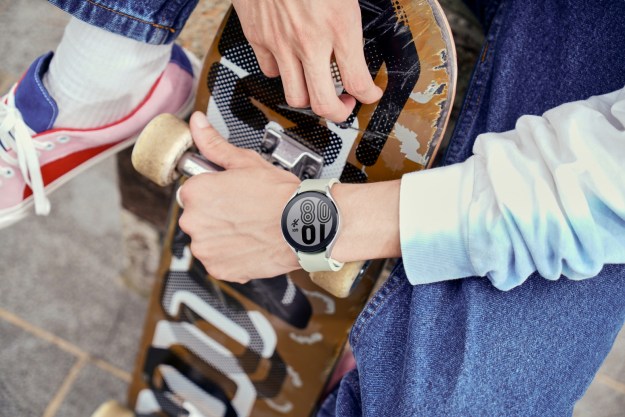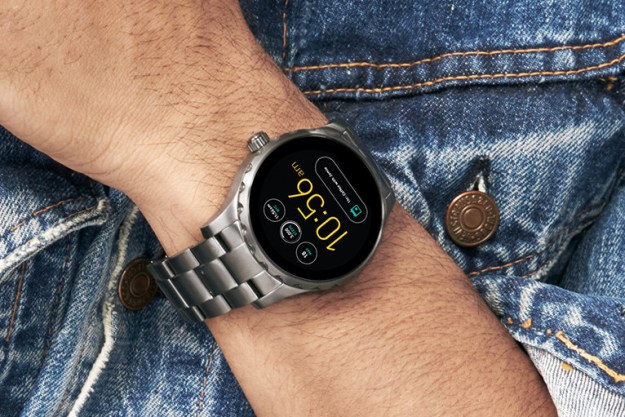
Evolving from its beginnings as a manufacturer of smart clothes, Lumo is now expanding to allow other companies to leverage its expertise in the intersection between technology and apparel. With a “versatile platform [that] is a vertically integrated technology stack … ready to power almost any wearable or biomechanics related application,” Lumo wants to spread its wealth of knowledge when it comes to smart clothing.
“We’re now entering the next phase of the wearable industry, one where companies like Lumo harness lab-quality data and real-time coaching to solve meaningful health problems and support behavior change,” said Lumo Bodytech CEO and co-founder Monisha Perkash. And with their latest funding round, Perkash is confident that the company “can deliver a wearables platform that will ultimately help people address significant health, wellness, and performance issues.”
Lumo’s platform will be made available to players across the apparel, fitness, health, and workplace safety industries, Perkash told me via email. “The platform can be utilized in smart clothing garments (like the Lumo Run) that track performance and offer real-time feedback, wearable devices specifically designed for desk workers or dentists, and fitness trackers that don’t just track heart rate and steps, but also posture and form,” she added, noting the wide range of applications in which Lumo may be used. “As a company, we focus on the technology, especially when working with partners in areas like apparel. We bring expertise and innovation into established companies, moving quickly forward quickly with our highly adaptable platform.”
Because of Lumo’s unique algorithm models, which Perkash notes “can track multiple movements and power multiple applications,” the company’s platform may help enhance existing technologies applied by other players in the wearable space. “Some in-house technology can’t measure such sophisticated biomechanics,” she explained, “but Lumo’s combination of sensors can, making the platform a great supplement or replacement to existing technologies.”
And Perkash’s claims seem supported by the fact that Lumo has managed to raise its latest $10 million round in spite of the precipitous 72 percent decline of wearables funding this year.
“Wearable technology will fundamentally change the traditional health care industry and address a number of previously unmet wellness needs,” said Ge Li, CEO of WuXi AppTec, the company behind Lumo’s funding. “People are looking for technology to support positive, proactive behavior change through advanced insights including real-time feedback and coaching. Lumo is a platform for better health and living, whether that’s at home, in the office or at the gym.”


